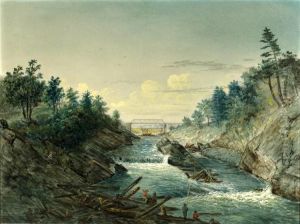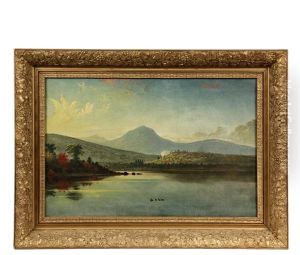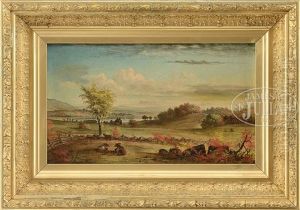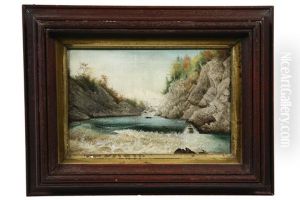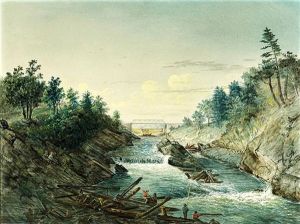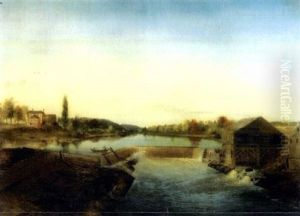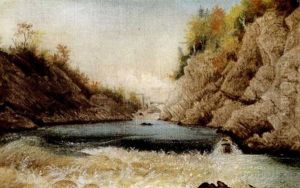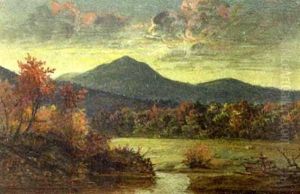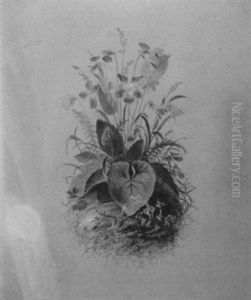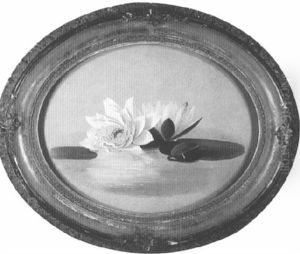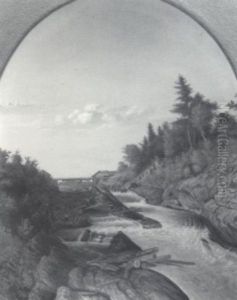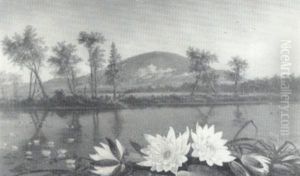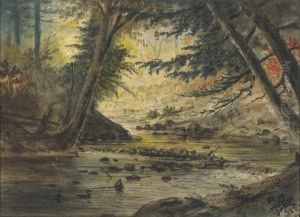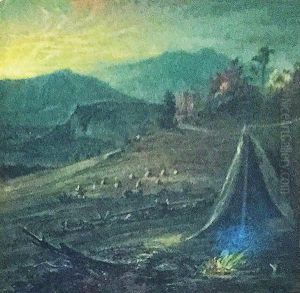Gibeon Elden Bradbury Paintings
Gibeon Elden Bradbury was an American artist born in 1833 in Turner, Maine. He is primarily known for his landscape paintings, which often depicted the Maine countryside and coast. Bradbury's works are characteristic of the Hudson River School style, emphasizing natural beauty with a focus on light and detail.
Bradbury began his artistic education at the age of 19 when he moved to Boston to study with Benjamin Champney, a prominent landscape painter of the time. Champney was a significant influence on Bradbury, introducing him to the techniques and styles that would shape his future works. In the 1850s, Bradbury continued his studies in Paris, which was then the epicenter of the art world. There, he was exposed to the works of the European masters and the emerging Barbizon movement, which also focused on the veracity and beauty of rural landscapes.
Throughout his career, Bradbury exhibited his works in various venues, including the National Academy of Design in New York and the Boston Art Club. His paintings were well received, and he gained a reputation as a skilled painter of the American Northeast. Despite the popularity of the Hudson River School during his lifetime, Bradbury's work was somewhat overshadowed by that of his contemporaries, and he did not achieve the same level of fame as artists like Frederic Edwin Church or Albert Bierstadt.
Bradbury's paintings often depict the serene and bucolic settings of his native Maine, with a particular emphasis on the changing seasons and the effects of light on the landscape. His attention to detail and his ability to capture the subtleties of color and atmosphere contribute to the tranquil and contemplative qualities of his work.
Gibeon Elden Bradbury passed away in 1904. Although not as widely known today as some of his peers, his paintings remain appreciated by collectors and art historians for their contribution to the American landscape painting tradition and the portrayal of Maine's natural scenery. His works can be found in various regional museums and private collections, and they continue to be studied as examples of the Hudson River School and American landscape art of the 19th century.
